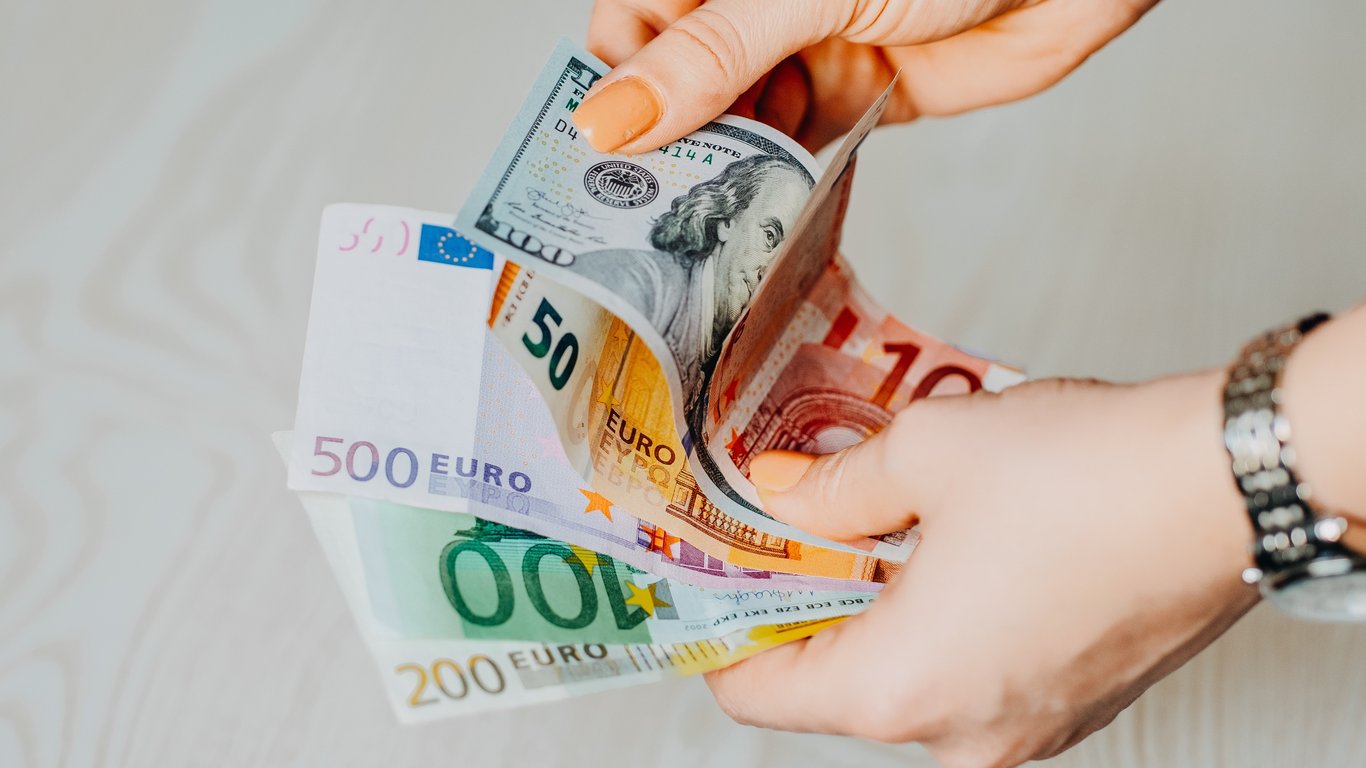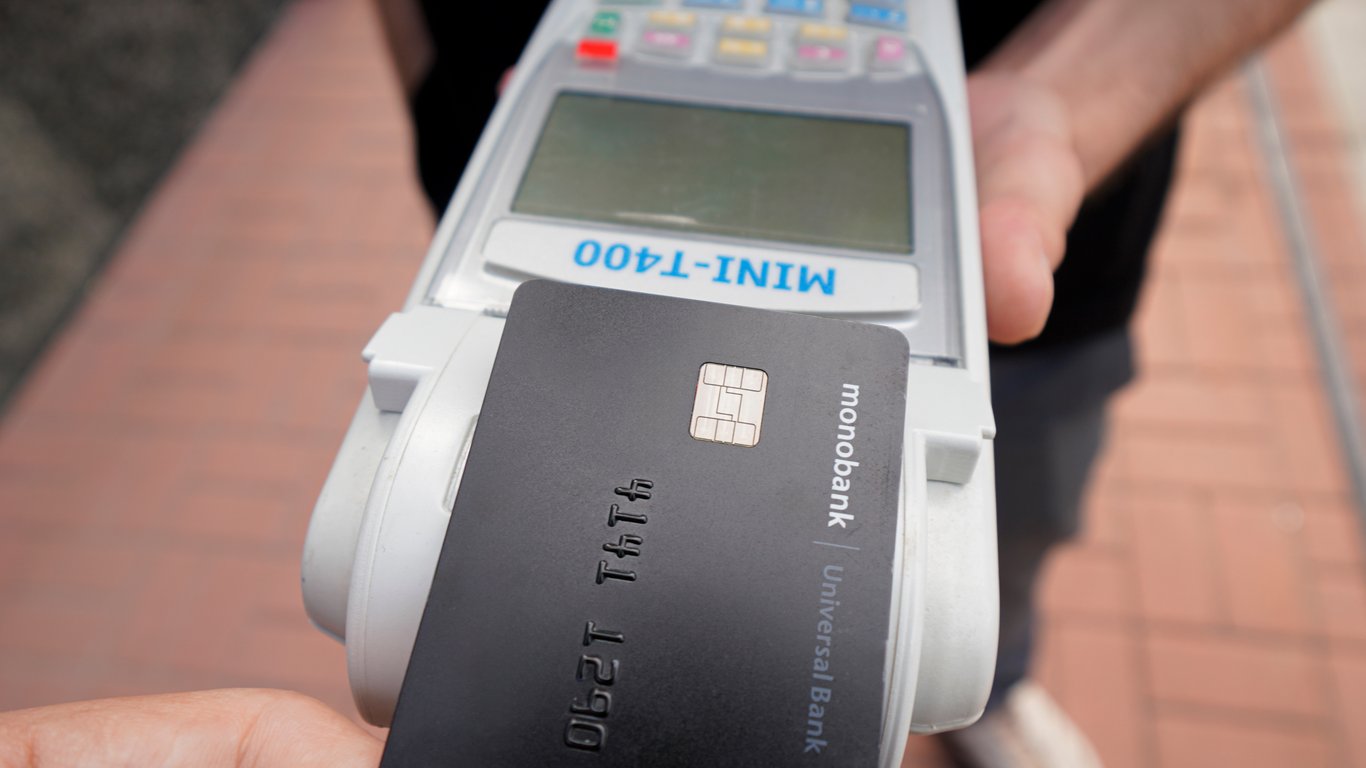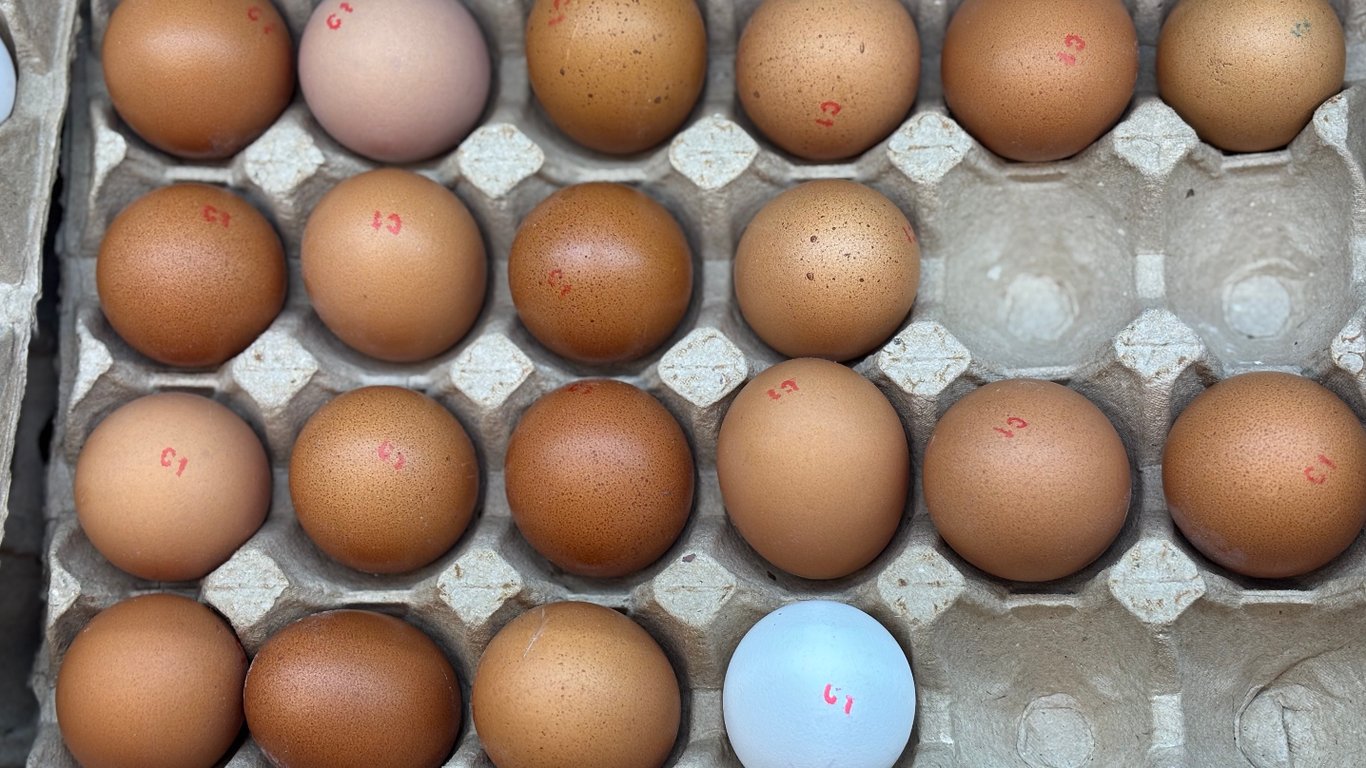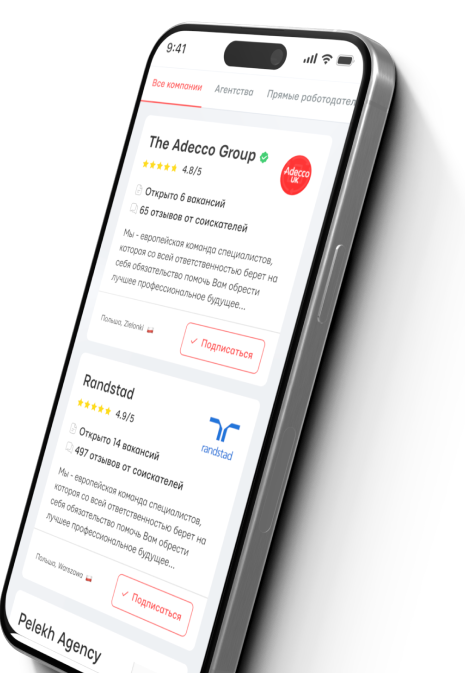Who prints the dollar and who can print the dollar.

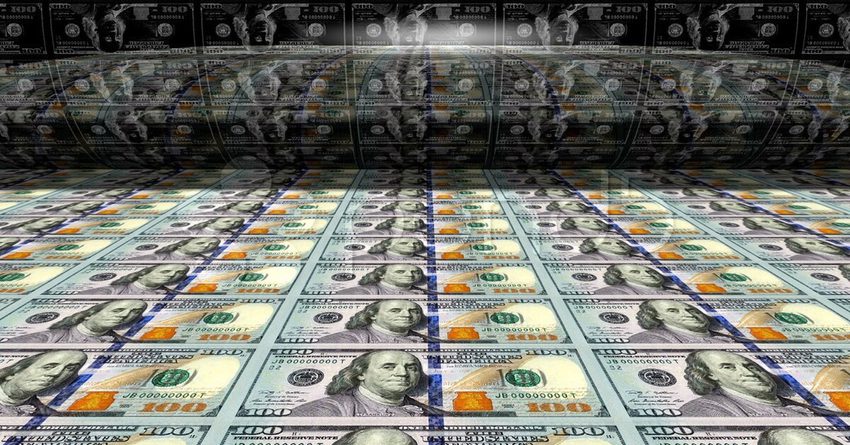
The most popular question among children who are just trying to understand the world around them is why people do not print new money. As children grow up, the questions change, and they usually want to know who prints the dollar.
To figure out who can print the dollar, one needs to look a bit deeper into the structure of the entire banking system. That is, understanding who prints the currency, who marks it, and who generally counts the dollars that go into circulation.
Who can print money?
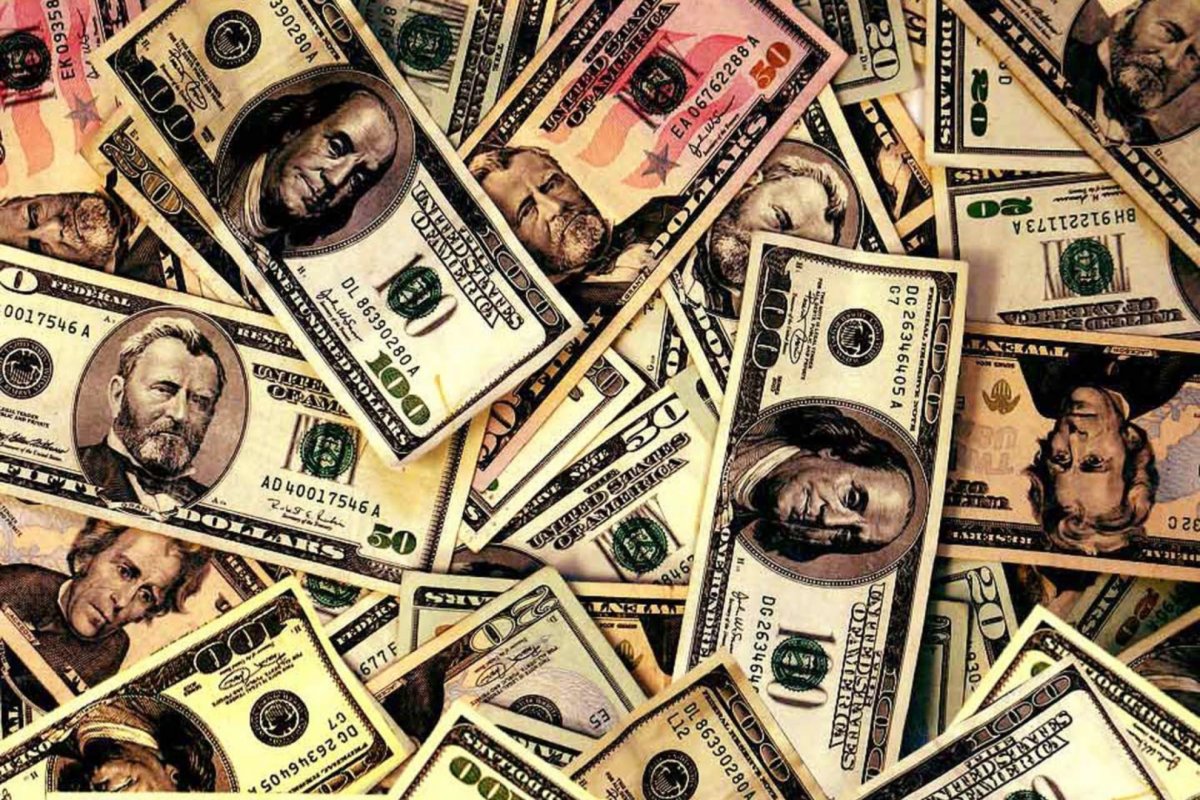
The process of printing money and accounting for its quantity is a complex and strictly controlled process that is related to managing the money supply, maintaining economic stability, and preventing inflation. However, a complex system can be made simpler.
Let's start with who is responsible for printing money. In most countries, the issuance of money is the responsibility of the central bank (for example, the Federal Reserve System in the USA, the European Central Bank in the eurozone, the National Bank of Ukraine). These institutions make decisions about how much money should be released to maintain economic stability. They conduct analytical work and assess the situation in the country and other factors.
Next, the process of printing money is initiated. This is a high-tech process carried out at special state enterprises (for example, in the USA – the Bureau of Engraving and Printing). The paper and inks used for printing money are usually custom-made and include many security features, such as watermarks, holograms, and microprinting. Each currency has its distinctive features (form of the bill, color, designs).
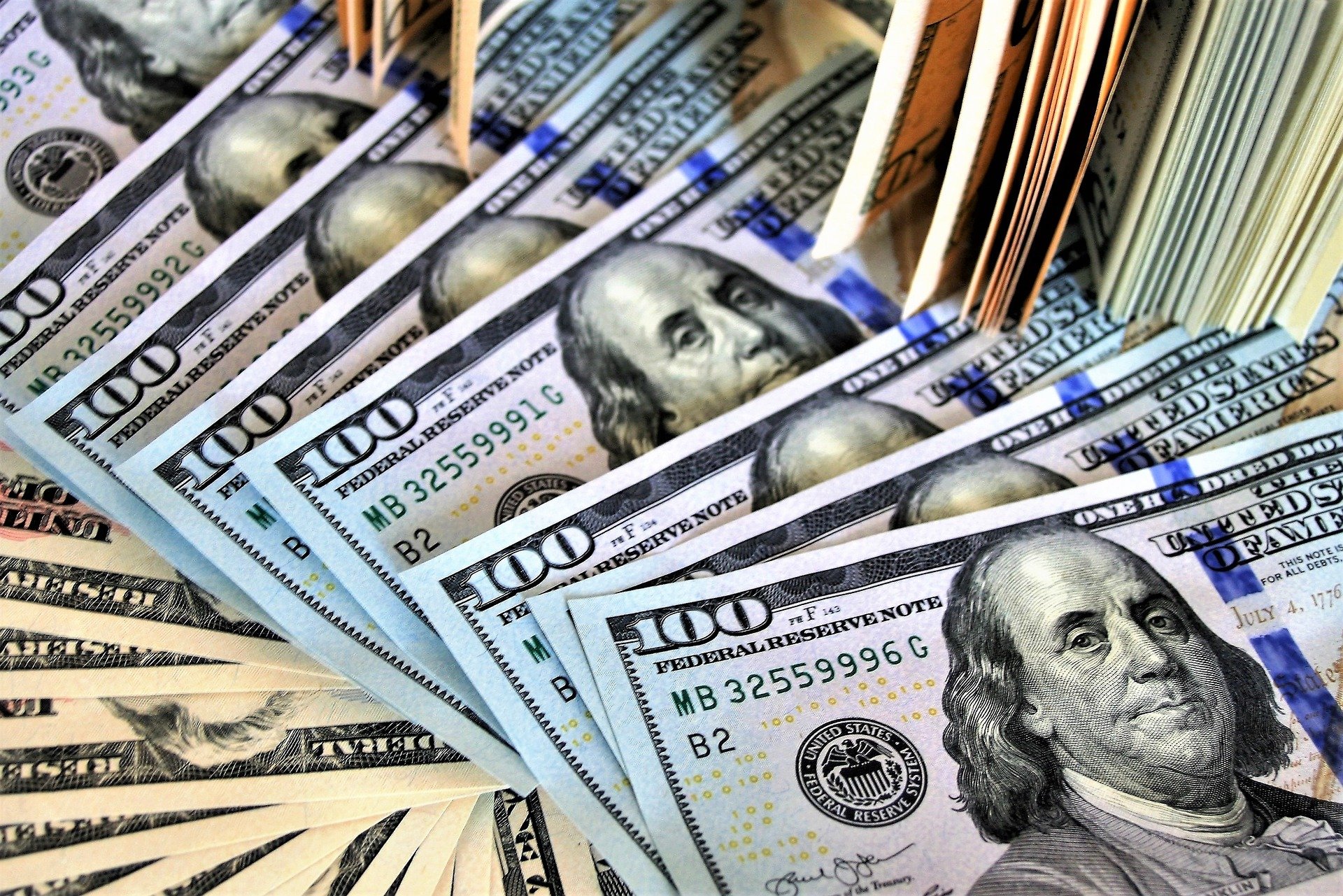
In general, money is printed according to the central bank's decision. An important part of this process is ensuring that the issuance of money corresponds to the current economic needs of the country.
How to understand who and how much money is printed?
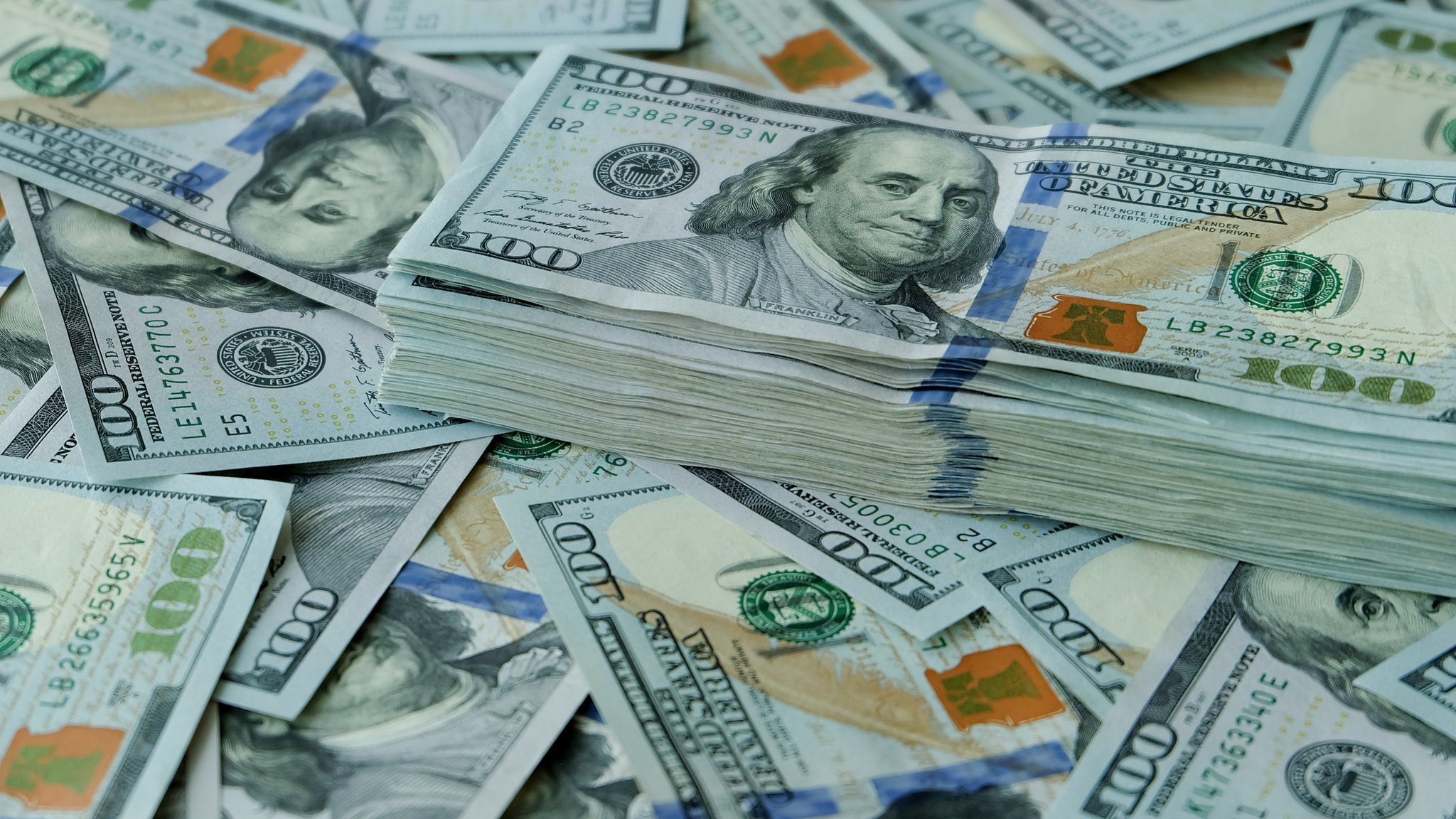
Returning to the question of how this amount enters circulation. Central banks maintain strict accounting of the amount of money issued. This accounting includes both cash (banknotes and coins) and non-cash money existing in the form of bank deposits and other financial instruments. This means that banks cannot issue any amount of banknotes without consequences.
The central bank controls the so-called monetary base (M0 or MB), which includes cash in circulation and the reserves of commercial banks held at the central bank. This is an important indicator that allows monitoring the total volume of money in the economy. Therefore, banknotes can be issued, but it is impossible to avoid a loss of currency value. If, of course, the amount of issued banknotes is not backed by real assets.
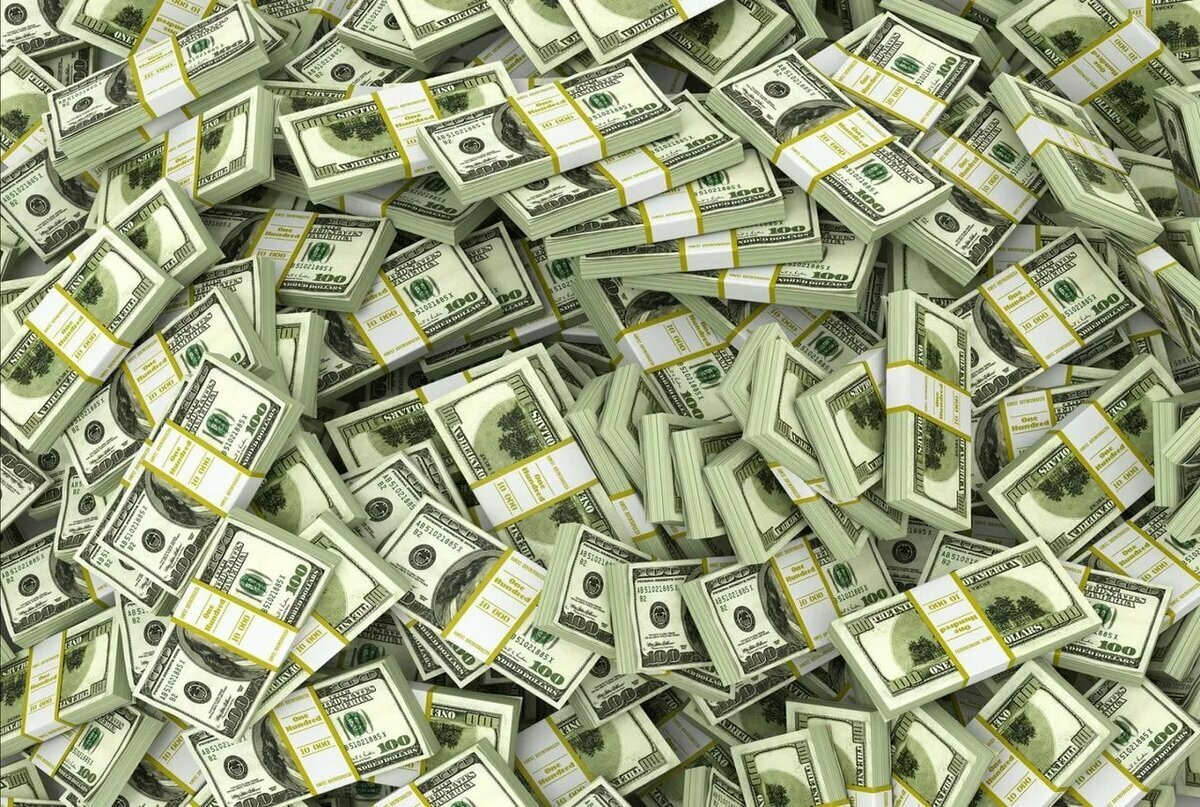
Central banks typically publish regular reports on the state of the money supply, including the amount of cash in circulation, the volume of bank reserves, and other indicators. These reports help monitor and analyze the state of the economy.
Once the money is printed, it enters the economy through commercial banks. For example, the central bank may sell government bonds to commercial banks, for which they receive cash or deposits at the central bank.
Who prints the dollar?
The dollar, like other currencies, is subject to a similar procedure, and its issuance is also accounted for. The process of printing the US dollar and monitoring its issuance are important aspects of managing the American economy. And then the global economy.
So, what is known about the dollar:
-
Who prints the US dollar. This is done by the Bureau of Engraving and Printing (Bureau of Engraving and Printing, BEP). The main body that physically prints US dollar banknotes is the Bureau of Engraving and Printing. It is also a division of the US Department of the Treasury. BEP is responsible for the design, production, and issuance of all paper currency of the United States.
-
The US Mint is responsible for producing coins. Although the Mint issues coins, it does not deal with the issuance of paper money. In other words, these functions can be distinguished.
As for the control over the issuance of the dollar, this is done by the Federal Reserve System (Federal Reserve System, Fed). It is also called the Fed. It also makes decisions about how much money should be issued into circulation and manages the overall volume of money in the economy.
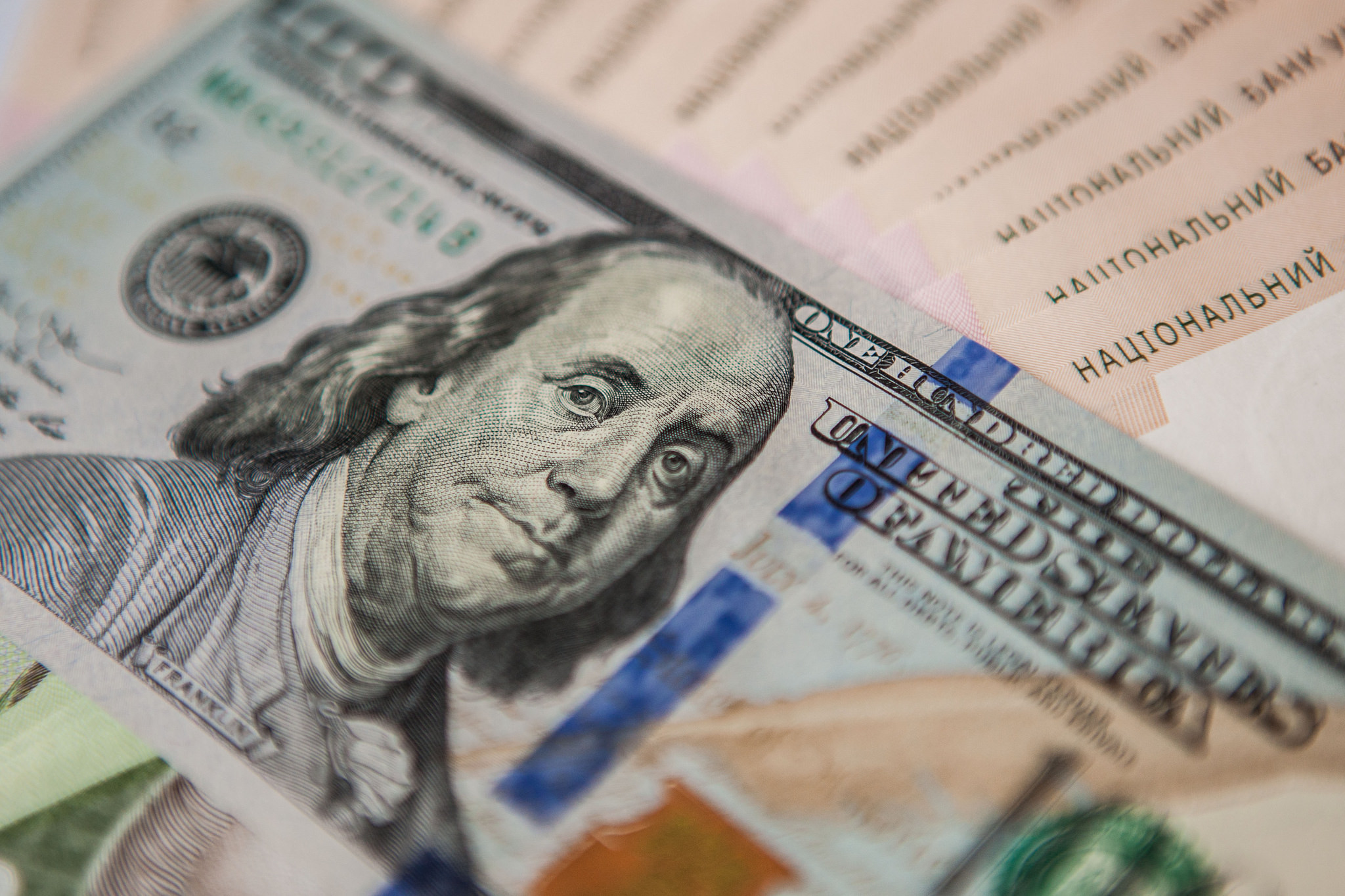
If addressing the question of who can print dollars at all, only the federal government of the USA can do this. No one else is capable of doing so legally.
It is also worth mentioning illegal printing. Any attempt at the illegal printing of US dollars, such as counterfeiting, is a serious crime punishable by law. Counterfeiting currency is prosecuted both at the national level and in international cooperation.
Thus, the right to print the US dollar is strictly limited to the federal government of the USA through the relevant state institutions, which is an important aspect of maintaining trust in the American currency and financial system.
Read also
- What to see in Bukovel: winter, summer and autumn
- What to see in Iceland: in winter, in summer, on a tour
- What is p2p and pay2pay transfer
- Best Adult Films: TOP 5 Films

